SageSTEP
Sagebrush Steppe Treatment Evaluation Project
SageSTEP is a regional experiment evaluating methods of sagebrush steppe restoration in the Great Basin. Sagebrush is one of the most threatened land types in North America -- as much as half has already been lost in the Great Basin.
From 2005 to 2010, various fuels treatments were implemented at study sites to evaluate their short-term effects on a variety of ecosystem components. Long-term monitoring began in 2011 to better understand the changes in response to treatments over time. Today monitoring, data collection, and analysis continue to reduce the risk and uncertainty associated with management decision making.
SageSTEP is a unique and valuable project particularly for its coproduced science and science products, long-term data collection and analyses, and interdisciplinary nature.
Long Running

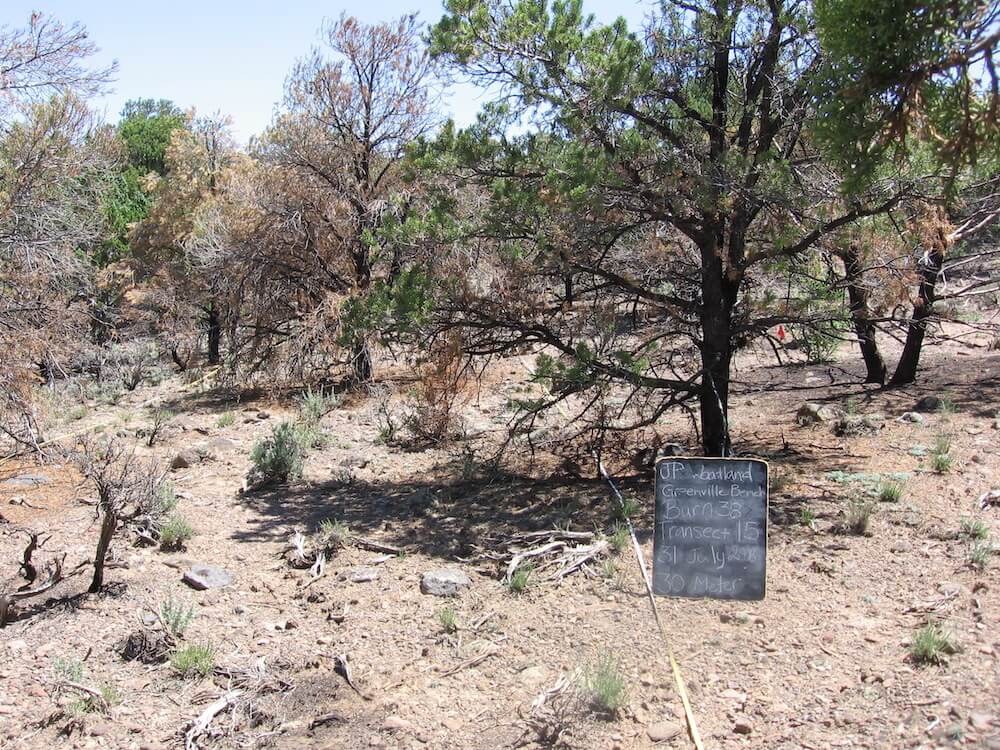
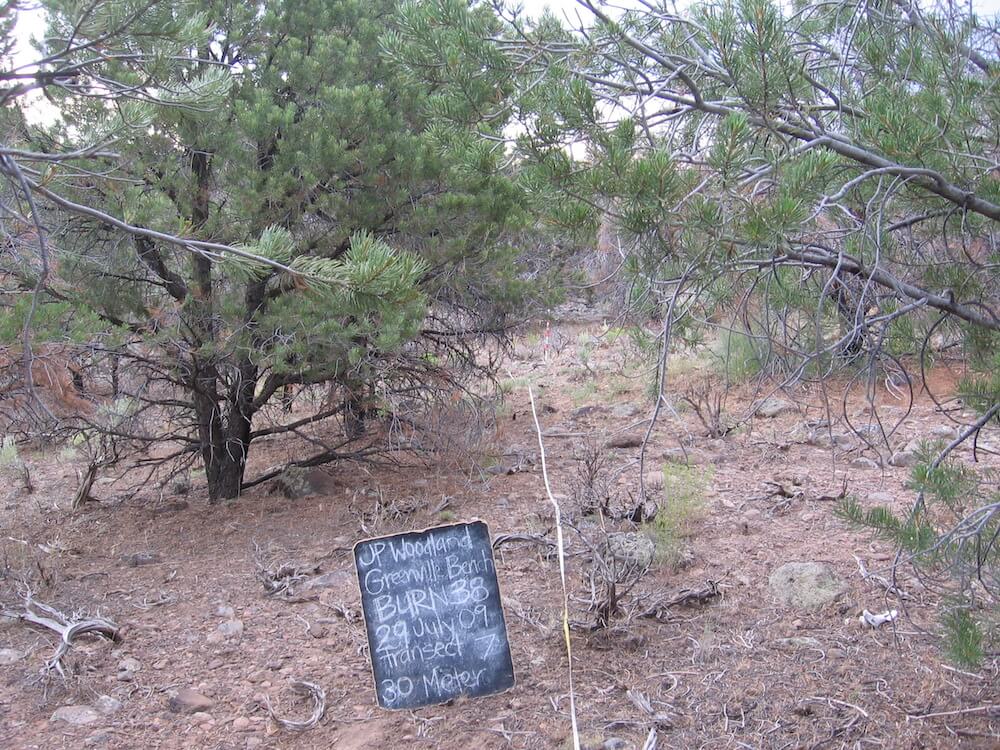
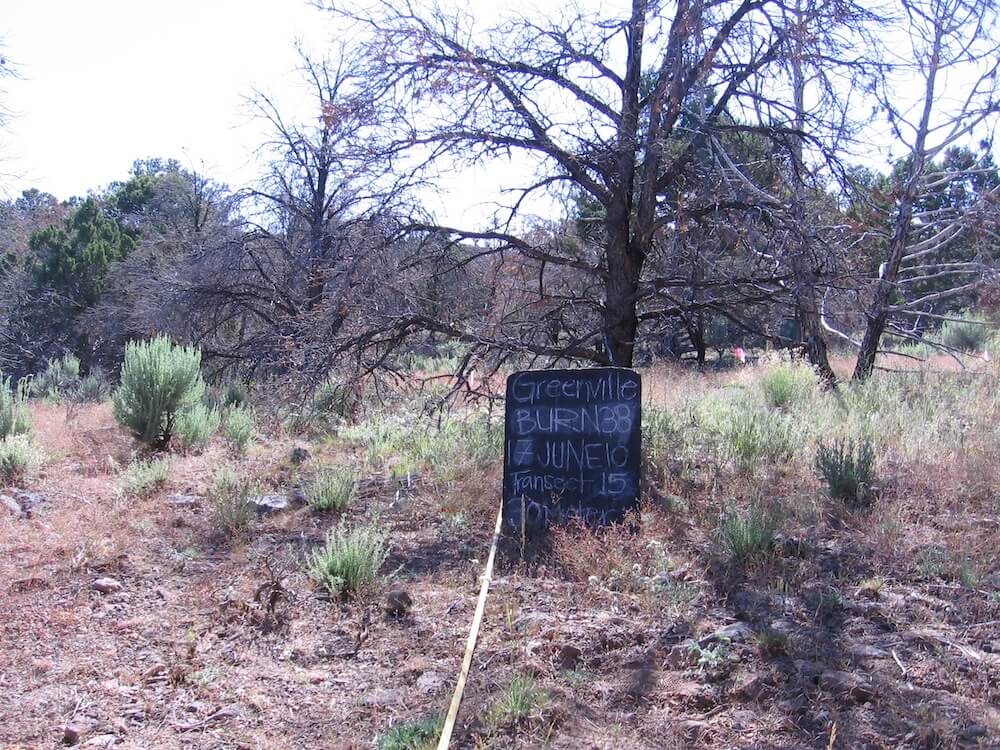
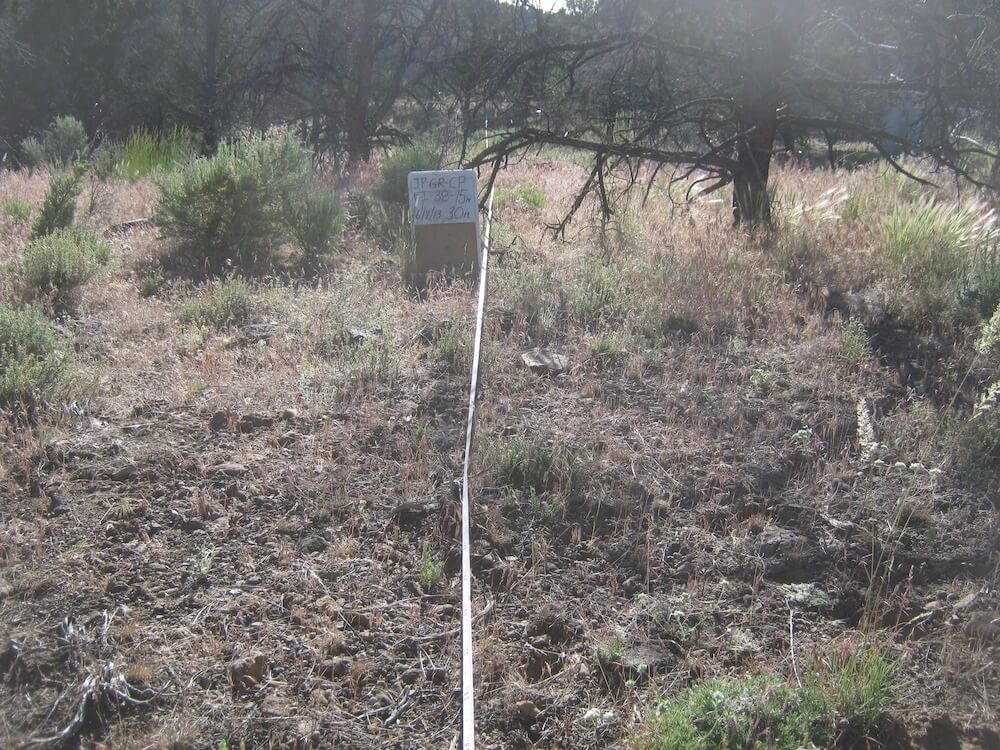
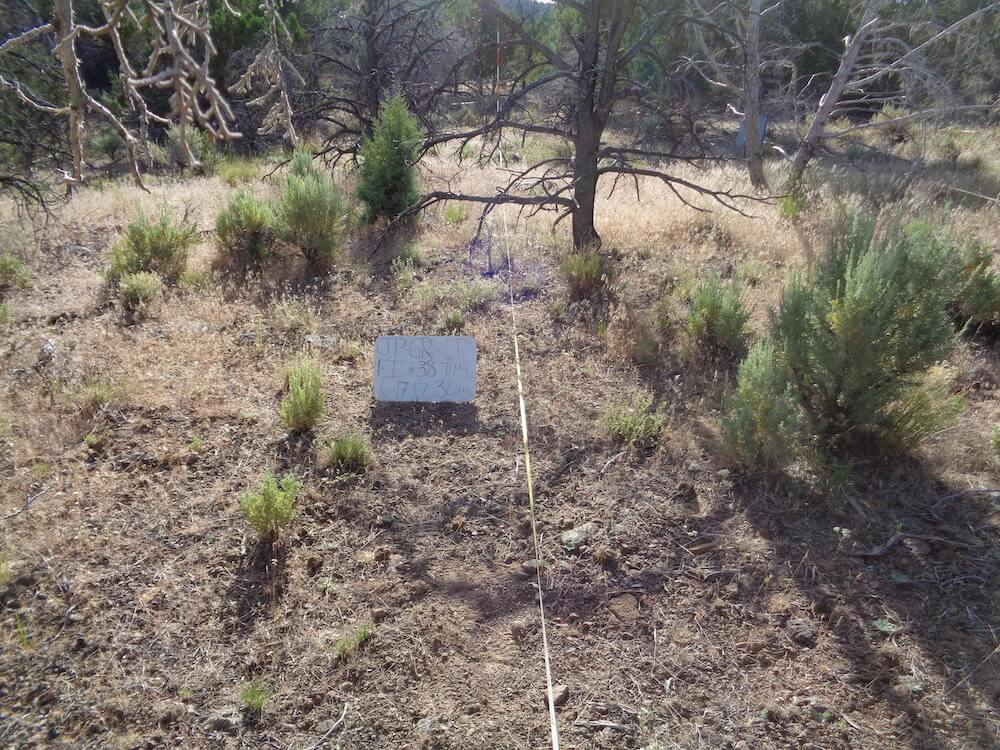
Data collection at SageSTEP sites spans decades, providing a rare long-term look at a slow-growing ecosystem. Monitoring of the sites includes measurements vegetation, fuels, climate, soils, hydrology, insects, and birds. Use and leveraging of this one-of-a kind data source is encouraged.
COPRODUCED
SageSTEP by design is a research-management nexus. Research questions come from manager concerns. Research findings are developed into manager tools. This back and forth fosters lifelong cooperation between the two critical pieces of sagebrush conservation and restoration.
Interdisciplinary
SageSTEP is a truly interdisciplinary project. This data source provides a one-of-a-kind opportunity to understand ecosystem processes, some of which are major breakthroughs for management like the Resistance and Resilience and Wildfire Risk concepts. SageSTEP study sites and monitoring data are used to evaluate multiple research topics across our plot network.
